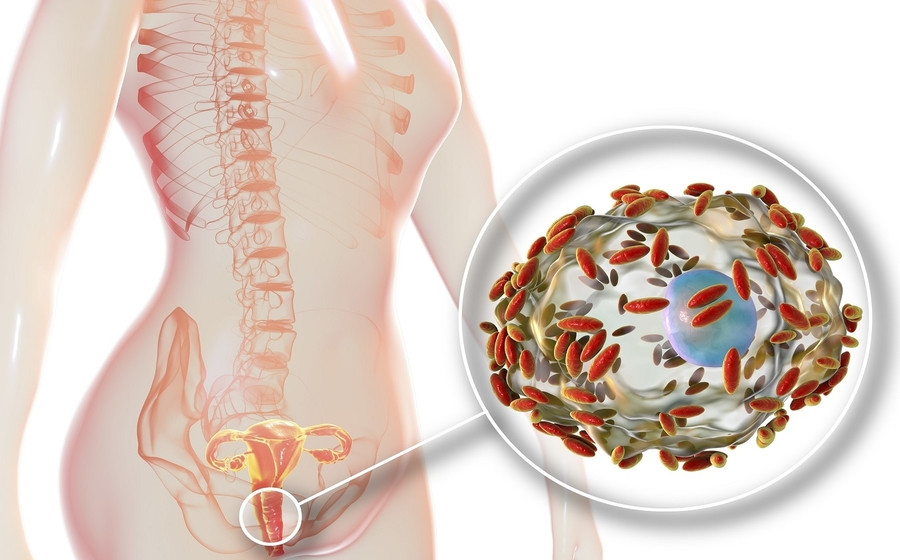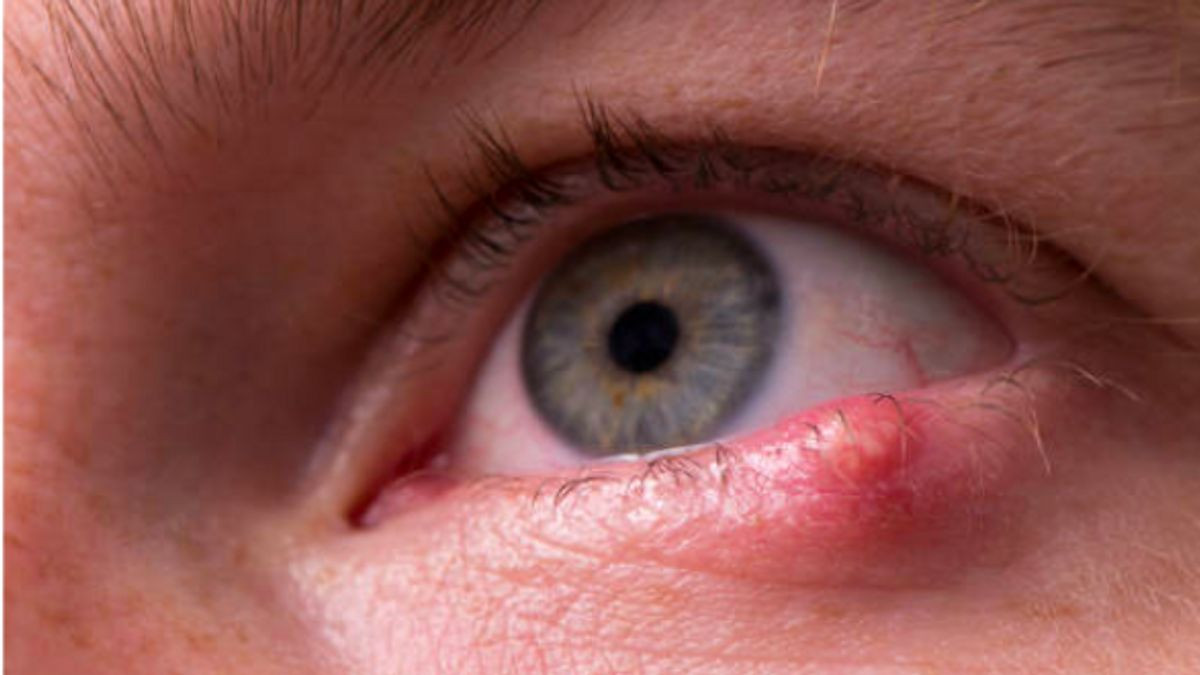Definition
Plague is one of the contagious diseases caused by the Yersinia pestis bacteria transmitted through the bite of fleas that have previously fed on the blood of infected animals. Plague is classified as a zoonotic disease, meaning it can be transmitted from animals to humans. Human-to-human transmission can occur through droplets containing plague bacteria. In Indonesia, four regions have previously experienced outbreaks of plague, namely Pasuruan Regency (East Java), Boyolali (Central Java), Sleman (Yogyakarta), and Bandung (West Java).
Plague, also known as the Black Death, is a life-threatening disease caused by the bacterium Yersinia pestis. The disease can lead to death if not treated promptly by medical professionals. Depending on the part of the body affected, plague is classified into three types:
- Bubonic
This is the most common form of plague and has a potential for recovery, reaching 95% with prompt antibiotic treatment. This type of Plague causes one or more lymph nodes (lymph glands) to become painful and swollen. The affected lymph nodes are usually close to where the infected flea bit you.
- Septicaemic
When the Yersinia pestis bacteria enters the bloodstream, you may experience septicaemia plague. This condition can destroy tissues, leading to gangrene and kidney failure. The infection occurs through flea bites, causing body fluids from infected animals to enter the skin, allowing the Yersinia pestis bacteria to enter the bloodstream and spread from one part to another (secondary infection)
- Pneumonic
This occurs when the Yersinia pestis bacteria enters the lungs. This condition is the least common and the most dangerous one. Pneumonic plague can spread between humans through coughing and sneezing, resembling flu symptoms. You can also be infected through close contact with infected animals or bacteria moving from other parts of your body to the lungs (secondary infection). This type can cause severe pneumonia and respiratory failure. If left untreated, patients with this type can die within a few days.
Causes
The plague is a disease caused by the Yersinia pestis bacteria. The bacteria can be carried by animals like rats and others. Fleas that bite infected animals can also carry the bacteria and spread it to humans. Animals like rodents (rats, mice, squirrels, hamsters, guinea pigs), small mammals, and pets like dogs, cats, deer, and camels can carry these bacteria. Once the bacteria enters the human body, it can cause symptoms by infecting the lymph nodes, blood vessels, or lungs.
Risk factor
Several factors can increase your risk of contracting plague, such as:
- Residence: People living in rural areas where outbreaks can occur due to dense populations and poor sanitation
- Occupation: Professions involving close contact with animals, such as veterinarians and farmers, carry a higher risk
- Hobbies: Engaging in activities like mountain climbing, camping, and hunting in inland areas where rodents carrying the infection reside
Symptoms
These are several symptoms of Plague, such as:
- Fever or chills
- Headache or dizziness
- Body aches
- Weakness or fatigue
- Nausea, vomiting or diarrhea
In bubonic plague, there is also swelling and pain in the lymph nodes. In septicaemic plague, abdominal pain and bleeding from the nose, mouth, or under the skin can be found. This plague can also damage tissue, turning fingers, hands, toes, or other body parts black. This condition is called gangrene. Meanwhile, in pneumonic plague, symptoms may include shortness of breath, chest pain, cough, and bloody or watery mucus.
Diagnosis
If a doctor suspects that you may have plague based on signs such as swelling and pain in the lymph nodes, known as bubo (a common sign of bubonic plague), they will conduct tests to check for bacteria in your body through
- Blood tests: These can help indicate whether you are experiencing septicaemic plague
- Fluid examination from swollen lymph nodes: This test is to check for the possibility of bubonic plague
These samples will be sent to a laboratory for analysis. Preliminary results may be available in less than 2 hours, but confirmatory testing may take 24 to 48 hours. Inform your doctor if you have recently visited high-risk areas for plague infection, been bitten by fleas, had contact with infected animals, or have one or more swollen and painful lymph nodes.
Management
The plague needs to be promptly treated with antibiotics. The doctor will administer treatment to you either through intravenous injection or oral consumption. Depending on symptoms and the perceived risk, you may start taking antibiotics before test results are available.
The doctor may prescribe antibiotics like ciprofloxacin, levofloxacin, moxifloxacin, doxycycline, gentamicin, streptomycin, chloramphenicol, and trimethoprim-sulfamethoxazole. Treatment may involve fluid infusion, oxygen, and respiratory support for septicemic and pneumonic plague.
Complications
Plague that is not promptly treated can lead to several complications, such as:
- Gangrene: Occurs in septicemic plague. This happens due to blood clots in small blood vessels in the fingers and toes, disrupting blood flow and leading to tissue death
- Death: If not treated promptly with antibiotic therapy, plague carries a high risk of mortality
Prevention
You can reduce the risk of getting plague by avoiding flea bites and being cautious around infected animals. Some things you can do include:
- Cleaning the environment: Clearing leaf piles, trash, wood, or other places that can be a home for wild animals. Don't leave your pet's food outside.
- Using insect repellent lotion: Use insect repellent lotion to protect yourself from flea bites.
- Attention to pets: If you have pets, ask your veterinarian how to avoid fleas. Pets like dogs and cats can spread the plague.
- Wearing gloves: Use gloves when in contact with infected animals.
- Supervision in high-risk areas: Avoid letting your pets roam outside if you live in a high-risk plague area.
- Consultation with a doctor: If you feel exposed to the plague, inform your doctor and discuss the antibiotics that may be needed.
When to see a doctor?
Contact a doctor if you need immediate treatment, especially if you have been exposed to the plague or have recently lived in or visited a high-risk area.
Looking for more information about other diseases? Click here!
- dr. Monica Salim
Plague. (2022). Retrieved 03 April 2023, from https://my.clevelandclinic.org/health/diseases/17782-plague
Bubonic Plague. (2021). Retrieved 03 April 2023, from https://my.clevelandclinic.org/health/diseases/21590-bubonic-plague
Plague. (2021). Retrieved 03 April 2023, from https://www.mayoclinic.org/diseases-conditions/plague/symptoms-causes/syc-20351291
Plague. (2023). Retrieved 03 April 2023, from https://www.who.int/health-topics/plague#tab=tab_1
The Plague. (2022). Retrieved 03 April 2023, from https://www.healthline.com/health/plague











